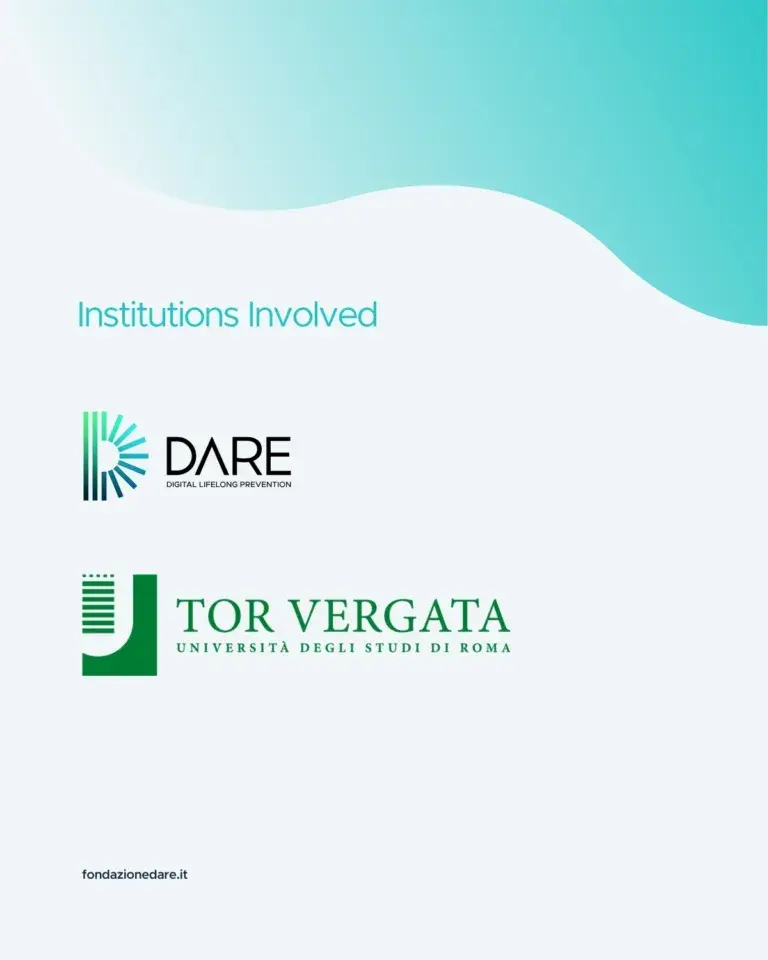
Osteoporosis, a musculoskeletal disease often seen in the elderly, is a leading cause of disability and reduced quality of life. Characterized by poor bone strength and quality, this condition significantly increases the risk of fractures. These fractures, particularly in frail older adults, can lead to severe loss of mobility and independence. Compounding the problem is sarcopenia, a generalized muscle atrophy, which often accompanies osteoporosis and further weakens the body. For many, the first sign of osteoporosis is a fracture, and by then, the disease has already caused substantial damage.




Current treatments for osteoporosis focus on slowing disease progression once a fracture has occurred. However, the key to reducing the burden of osteoporosis lies in early diagnosis. Detecting the disease before fractures occur would allow for preventive interventions, reducing both individual suffering and strain on healthcare systems.
This is where modern data analysis tools like machine learning (ML), artificial intelligence (AI), and data mining come into play. These technologies have the potential to transform how we diagnose and manage osteoporosis.
The group of Prof Umberto Tarantino at the Department of Clinical Sciences and Translational Medicine of University of Rome “Tor Vergata” is working on a new approach that integrates machine learning models with existing diagnostic techniques—such as imaging and biomarker analysis—to potentially identify early warning signs of osteoporosis and predict the risk of fractures.
Early Diagnosis and Fracture Prevention
The primary goal of this innovative research is to use AI and ML to correlate molecular and imaging data to identify potential biomarkers of osteoporosis and sarcopenia. Biomarkers are biological indicators that can help detect diseases earlier and more accurately. Through cell biology, molecular biology, and histology (the study of tissue structures), researchers aim to uncover new biomarkers that can signal the early stages of osteoporosis.
Specifically, the team is analyzing cells to assess markers related to cellular aging, mitochondrial function, and oxidative stress, all of which play key roles in bone and muscle health. They are also examining serum biomarkers and using histological techniques to study the architecture of bone and muscle tissue, looking for signs of deterioration.
Advanced Imaging and Risk Stratification
Imaging technologies are already widely used to assess bone health, but combining these images with molecular data through machine learning could provide a much more precise assessment of an individual’s fracture risk. AI could identify subtle patterns in imaging that are invisible to the human eye, offering early indications of osteoporosis or sarcopenia.
Once these patterns are identified and correlated with molecular biomarkers, it becomes possible to stratify patients based on their risk of fragility fractures. This could allow healthcare providers to intervene earlier, with treatments tailored to the individual’s specific risk profile.
Questa ricerca è stata cofinanziata dal Piano Nazionale Complementare PNC-I.1 “Iniziativa di ricerca per le tecnologie e percorsi innovativi in ambito sanitario e assistenziale”, D.D. 931 del 06/06/2022, iniziativa “DARE – Digital lifelong prevention”, codice PNC0000002